First published in 1994, Jane Hill’s book came on the market at a time when Dora Carrington’s work was not widely recognised. 'The Art of Dora Carrington' has done much to bring the life and work of Carrington to the attention of art-lovers, particularly those keen to shine a light on often-neglected women artists.
The book is a treat for anyone interested in this complex, enigmatic and talented woman. Carrington was a shy and modest artist, scarcely interested in promoting her work. Her death by suicide meant that for many years her art was almost forgotten, overshadowed by her contemporaries.


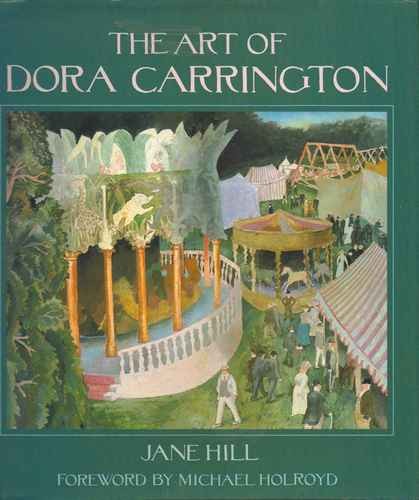
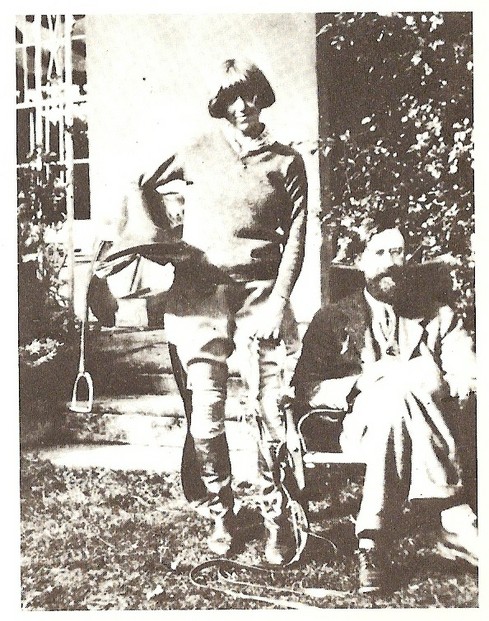
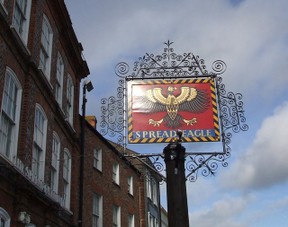 ven pub signs. Many of the paintings presented in
ven pub signs. Many of the paintings presented in 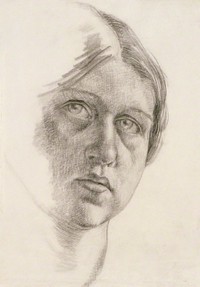
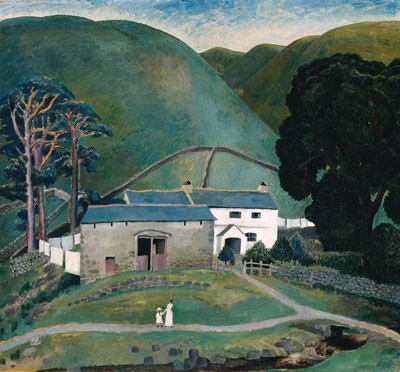



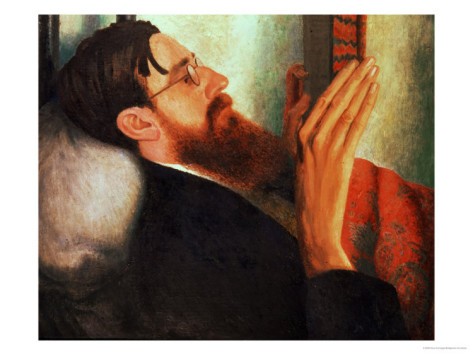
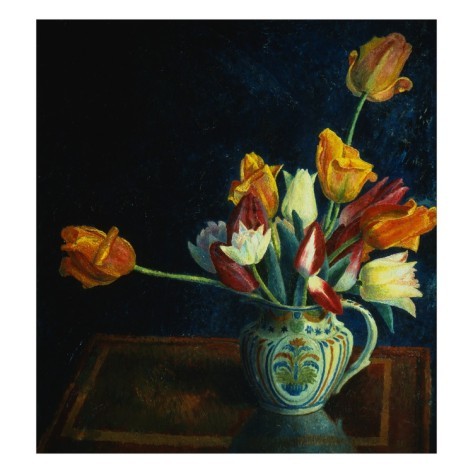
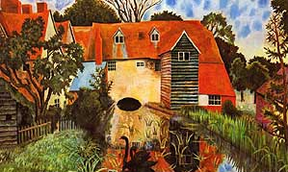
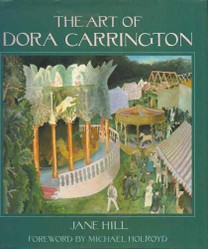

 How to Choose a Walking Cane or Stickon 08/01/2014
How to Choose a Walking Cane or Stickon 08/01/2014
 Michael Miller Fabulous Fabric Swatches for Quilting, Crafts etcon 07/02/2014
Michael Miller Fabulous Fabric Swatches for Quilting, Crafts etcon 07/02/2014
 The Drama of Life in the Rock Poolon 06/08/2014
The Drama of Life in the Rock Poolon 06/08/2014
 The Flâneur - Symbol of Modernity in 19th Century Parison 05/09/2014
The Flâneur - Symbol of Modernity in 19th Century Parison 05/09/2014

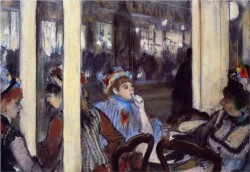
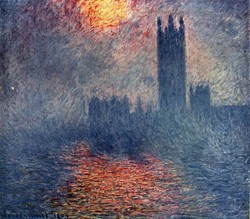
Comments
Hello Mira, yes, I agree with you about her obsession with Lytton. I got the impression from the film that she felt like an outsider, and despite all her admirers, she was lonely. As a homosexual Lytton was marginalised outside of the hothouse Bloomsbury atmosphere. Maybe that is why she was so drawn to him. It's hard to speculate isn't it... A fine artist and a great loss.
I like your page, Kathleen. I also enjoyed seeing some of Dora Carrington's work during the final credits of the movie. She was really talented but I think she had a fixation (rather than love) with Lytton. I may be wrong, as I don't know much about her, but that was the impression I got watching the movie and thinking a bit about it. But it could have been love. Maybe he was more tender to her than we're shown in the movie. She seemed to want just to be around him, just to see him around. And maybe he enjoyed that kind of attention. We'll never know what he really felt for her. I look forward to reading his book Eminent Victorians though!
Yes, so true Catana. Thanks for your posts. I enjoyed our chat.
Am off now to watch a documentary about life in rock pools - not far removed from the Bloomsbury Group I suspect!
Nite.
Yes, could be. Nature or nurture? I think it's a fine balance between the times they lived in, the fact that many of them had money so could explore new ideas, and they were also grappling with vast social changes taking place in English society - the war, the breakdown of the class system, the waning of the aristocracy, the rise of a militant working class. At the same time they were split between being terrible snobs, seeing their world falling apart, and wanting to live freely - only their class , though. A hard time for them . Their eccentricities and mental fragility reflected these complex changes I imagine. That's part of their value, their social and mental struggles I think. Their world seems very claustrophobic.
Catana, I agree about the movie. I thought it was really well done. I love the bit where she is Just about to cut his beard off to get her revenge whilst he is asleep in bed, and she just looks at him and falls in love with him. Really moving film. You are right about the Bloomsbury set. I don't think I would have liked some of them very much (or them me!) - having said that, 'To The Lighthouse' is a beautiful book which I really love, although Virginia would have scared me to death... They all fascinate me and were trying to do new things in an England that was stuffy and narrow. No wonder they had breakdowns, etc.